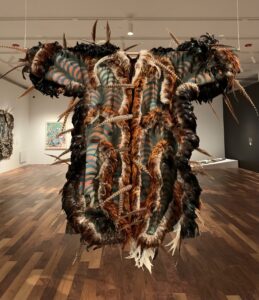Karen Kasza, Clare Boothe Luce Assistant Professor of Mechanical Engineering at Columbia University, recently published a research paper describing how, by examining the mechanical properties of cells in fruit fly embryos, her team was able to predict the flow of tissue cells as they transformed and reshaped themselves into organs. Kasza’s research could help “reveal fundamental mechanisms underlying human development and point to where things can go wrong, causing birth defects.”
As embryos develop, tissues flow and reorganize dramatically on timescales as brief as minutes. This reorganization includes epithelial tissues that cover outer surfaces and inner linings of organs and blood vessels. As the embryo develops, these tissues often narrow along one axis and extend along a perpendicular axis through cellular movement caused by external or internal forces acting differently along various directions in the tissue (anisotropies). Researchers have long wondered how simple clusters of cells inside developing embryos transform into tissues and organs—how do tissues physically change shape in the embryo? Might they turn from “solids” into “fluids” at specific times in development to make it easier to rapidly sculpt functional tissues and organs?
Watching and measuring what happens in tissues inside the human embryo is currently not possible, and it is still very difficult to do this in mammalian models like mice. Because humans and the fruit fly Drosophila share so many biological similarities, researchers from Columbia Engineering and Syracuse University decided to tackle this problem by focusing on fruit flies. In a paper published online May 29 in PNAS, the team reports that they can predict when the tissue will begin to rapidly flow just by looking at cell shapes in the tissue.
“Thanks to earlier theoretical work from our colleagues at Syracuse, we thought we might be able to learn something about whether the embryonic tissues are solid or fluid by just looking at the shapes of cells in the tissue,” says the study’s lead PI Karen Kasza, Clare Boothe Luce Assistant Professor of Mechanical Engineering. “So we decided to try this in the fly. We’re really excited about our results, which could reveal fundamental mechanisms underlying human development and point to where things can go wrong, causing birth defects.”







